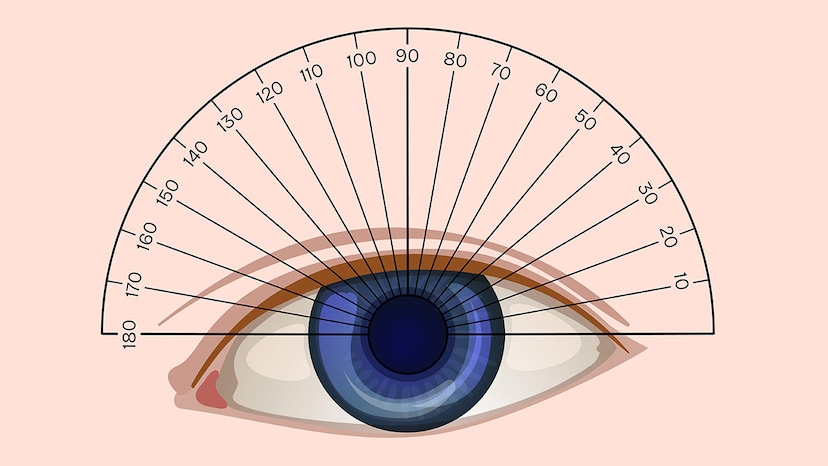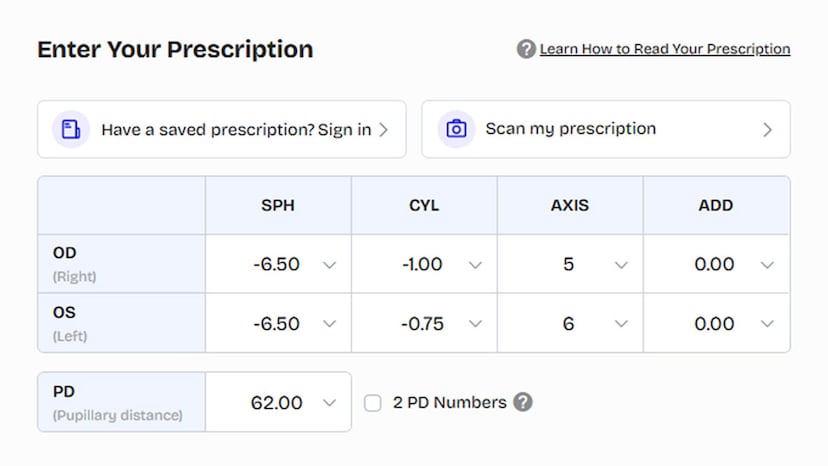For people who have trouble seeing, prescription glasses are carefully made to help. If you go to an eye doctor and get a prescription, they will make it just right for your eyes. These glasses can help people who are nearsighted, farsighted, astigmatic, or presbyopic see better. Not only are they useful, but they also look good with everyday clothes.

What kinds of lenses are there for prescription glasses?
The lenses in prescription glasses can be different for each person who wears them. Most people like the following types:

Single-vision lenses
These single-vision lenses glasses only fix your vision in one area, like up close, far away, or in the middle. They work best for people who only have one vision problem, like myopia or hyperopia, which is nearsightedness or farsightedness.
Bifocal Lenses
The one lens that lets you see better up close and far is called a bifocal lens. Between the two fields of view, you can see a line. They help people with presbyopia who are older the most.
Progressive lenses
Progressive lenses glasses are also known as "no-line bifocals," let you gradually change your near, intermediate, and farsightedness. They make watching feel more natural and make the screen look sleek and up-to-date.
Blue light-blocking lenses
More and more people are using these blue light-blocking glasses because they help their eyes see better. Plus, they block the bad blue light that electronics give off, so your eyes don't get tired and stressed after using a computer for a long time.

Photochromic lenses
These photochromic lenses glasses change color based on the light. They are darker outside and lighter inside. They are handy, and you don't have to carry around extra shades because they block UV rays.

Antireflective lenses
These lenses block out glare from light sources, so they're great for working in bright light or driving at night. Plus, they help your eyes see better in general.
Prescription glasses vs. Non-prescription glasses
Glasses with a prescription
Prescription glasses are made just for you to fix certain vision problems, and you need a specific prescription from an eye doctor to get them.
Important for people who have trouble seeing clearly.
Non-Prescription Glasses
These glasses are mostly worn for style or safety.
Shades or glasses that block blue light and don't change your vision are good for people with normal eyesight.
Reading glasses vs. Prescription glasses
Reading glasses
Reading glasses help you see things up close, like when you read or do crafts. Most of the time, you don't need a prescription to buy them. They aren't made to fit your eyesight needs, so they aren't as exact.
Prescription glasses
Astigmatism and farsightedness can both be fixed with prescription glasses. After a professional eye exam, you can get lenses that are made just for you.
How do I get glasses written out for me?
To get a prescription, just follow these simple steps:
1. Set up a time to get your eyes checked. See an eye doctor or optometrist for a full checkup.
2. Talk about having trouble seeing. Write down any signs you might have, like difficulty seeing or tired eyes.
3. Sign up for your medicine: After testing you, your doctor will write you a prescription that tells you how much power you need for each eye.
4. Choose your glasses and frames. Find the best glasses for your needs and style by using your prescription.
In conclusion
People who have trouble seeing need glasses that are prescribed to help them see well and easily. Know the pros and cons of the different lens options and prescription vs. non-prescription glasses to make an informed choice. By going to ZEELOOL, you can find a lot of stylish and reasonably priced glasses that meet your needs.




















